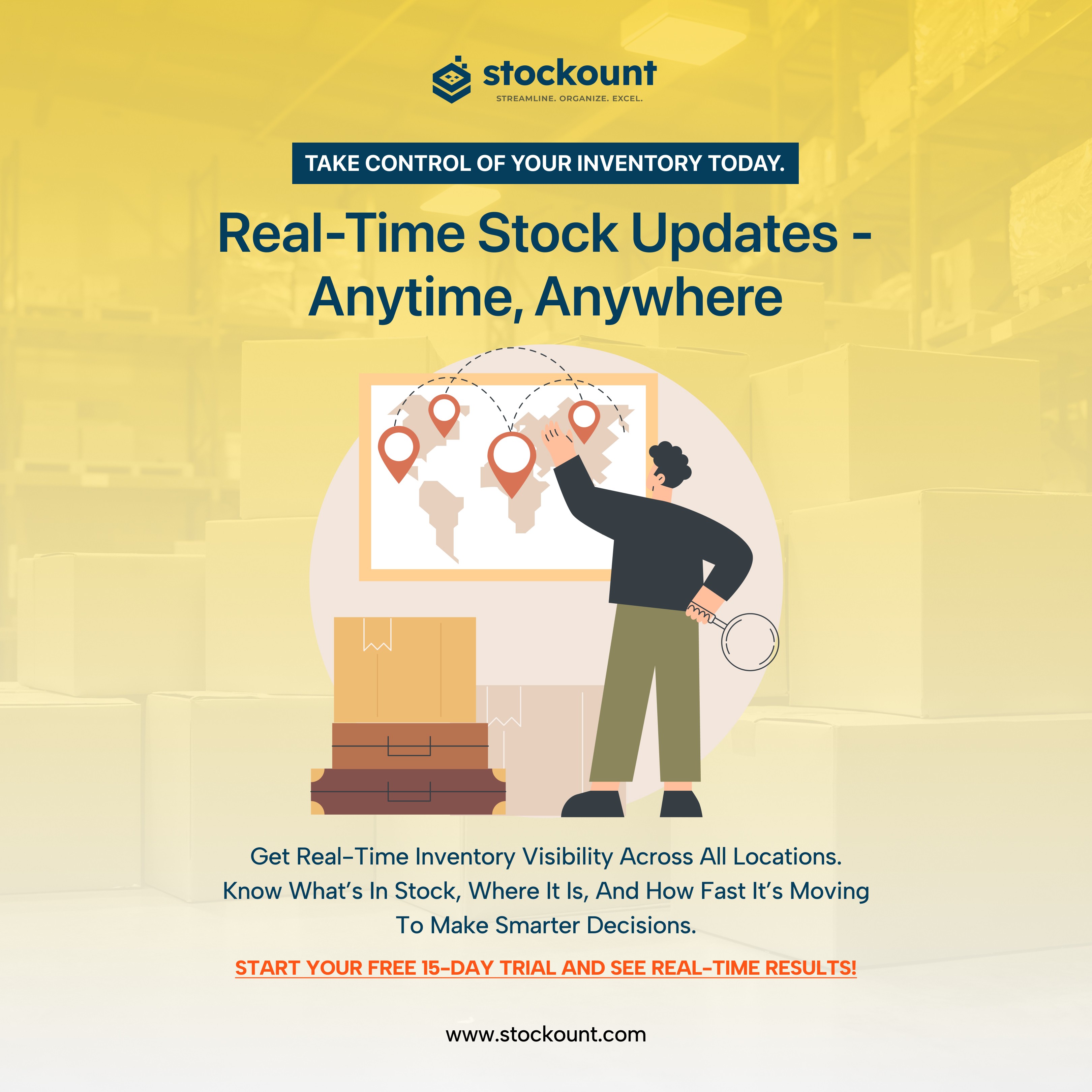How to Be CAN SPAM Compliant in 2025: The Essential Guide for Affiliate Marketers
Affiliate marketers face a wave of new challenges in 2025. Email remains a powerful tool, but stricter rules and stronger enforcement make compliance with the CAN SPAM Act more important than ever. From hefty fines to email blacklisting, the risks are real for anyone not following the law. With recent updates and growing scrutiny from regulators and email service providers, staying compliant now demands more attention than in years past.
Understanding CAN SPAM Act Requirements in 2025
The CAN SPAM Act is not just a guideline—it's the law for anyone who sends commercial emails. With new enforcement trends in 2025, affiliate marketers must understand where they fit and what is required.
Who Must Comply: Scope and Applicability
If you promote products or services online, whether for yourself or on behalf of another business, the CAN SPAM Act applies to you. This covers not only email but also messages sent by affiliates using email lists, lead generation tools, or third-party email platforms. Even if you outsource your email campaigns, both you and the sender are on the hook if something goes wrong.
For a plain-English explanation, see this CAN-SPAM Act compliance guide for business [https://www.ftc.gov/business-g....uidance/resources/ca
Key Provisions: Accurate Headers, Subject Lines, and Identifying Ads
The law requires:
* No false or misleading header information. Your "From," "To," and routing information must tell the truth about who is sending the email.
* Honest subject lines. The subject can't trick the reader about the content or intent.
* Clear identification as an advertisement. Recipients must know they're being pitched to.
Getting even one of these wrong opens the door to complaints and penalties. Details are covered in this CAN-SPAM: What Every Affiliate Needs To Know [https://www.privacypolicies.com/blog/can-spam/].
Physical Address and Contact Information: What’s Required Now
Every commercial email must include a valid physical postal address. P.O. boxes are allowed, but they need to be real and monitored. This gives recipients—and regulators—a way to reach you if there’s a complaint. Failing to list your address or using a fake one is a red flag that could land you in hot water.
Opt-out Mechanisms and Compliance Timelines
The law says you must provide a clear and simple way to unsubscribe from your emails. This opt-out mechanism should be easy to find and use—no hidden links or confusing instructions. Plus:
* Requests to unsubscribe must be honored within 10 business days.
* You can’t charge a fee, make the user give extra info, or force them through multiple steps.
* Once someone opts out, you can’t sell or transfer their email address (except as necessary to comply with the opt-out).
For a deeper breakdown of the requirements as of 2025, check out this CAN-SPAM Act: A Complete Compliance Guide [https://transcend.io/blog/can-spam-act].
Best Practices for CAN SPAM Compliance as an Affiliate Marketer
Staying compliant doesn’t need to be a headache, but taking the right steps is key. Avoiding shortcuts will protect your income, reputation, and business.
Monitoring Third-Party Senders and Joint Liability
Affiliate marketers often rely on email platforms, freelancers, or other third parties to reach their audience. The big catch? If someone else sends out your offer and breaks the law, you’re still at risk. This joint liability means you need to vet your partners carefully.
Good steps include:
* Asking email vendors about their compliance processes.
* Reviewing test emails before they go out.
* Keeping written agreements outlining compliance responsibilities.
Find more guidance in the Compliance Guide for Businesses [https://www.ftc.gov/business-g....uidance/resources/ca
How to Create Effective Opt-Outs and Manage Consent
Don’t make it tough for users to leave. A single-step opt-out is best, and every email should remind users how to unsubscribe. Save all opt-out requests and maintain a suppression list to make sure those contacts don’t get messages again. Review the best ways to do this in the 2025 Guide to TCPA, One-to-One Consent, CAN-SPAM & State Regulations [https://blog.clickpointsoftwar....e.com/2025-guide-to-
Tips for managing consent and opt-outs:
* Use clear, direct language (“Unsubscribe from future emails”).
* Include the unsubscribe link in an obvious spot (footer, not hidden).
* Confirm removal from future mailings with a simple confirmation page.
Automating Compliance: Software and Platform Tools
Relying on manual methods is risky and error-prone. Modern email platforms can help automate compliance by:
* Inserting your physical address in every message.
* Managing unsubscribe lists automatically.
* Auditing your campaigns for problems before they go out.
When choosing a platform or service, check if they stay up to date with the latest CAN SPAM Act rules. The CAN-SPAM compliance requirements [https://securiti.ai/what-is-can-spam-act/] article covers recent changes and popular software options to make compliance routine.
Avoiding Costly Mistakes: Common Pitfalls to Watch
Even honest marketers make mistakes. Here are common slip-ups to stay clear of:
* Buying shady email lists or not knowing list origins.
* Forgetting to update a physical address after moving.
* Ignoring unsubscribe requests or using outdated suppression lists.
* Using bait-and-switch subject lines (“You’ve got a package!” when you don’t).
Fines for violations reach up to $51,744 per email sent in breach. A few small mistakes can destroy your business. Regular reviews and basic checklists help you avoid these traps.
Conclusion
Affiliate marketers can’t afford to ignore the CAN SPAM Act in 2025. The rules are clear and enforcement is getting stronger. Focus on accurate headers, truthful subject lines, clear ads, and real physical addresses. Use simple opt-out links, respond fast to requests, and track who’s working on your behalf. Automate compliance wherever possible, and keep up with new rules.
Every email you send is a reflection of your brand—and your risk. Follow the best practices above, use the right tools, and keep learning. For extra assurance, keep tabs on official resources like the FTC’s compliance guide [https://www.ftc.gov/business-g....uidance/resources/ca and regularly check for updates so your business stays protected and your emails stay in inboxes.


Affiliate DoJo by Kiosk Social
Ever had to say “Sorry, we’re out of stock” — and watched your customer walk away?
That’s not just a mistake.
That’s lost trust. Lost sales. Lost growth.
💡 Stockount puts you back in control with real-time inventory tracking that works across multiple locations.
📦 Know what’s available
📍 Know where it is
🚚 Know how fast it's moving
✅ Try Stockount free for 15 days — and see the results for yourself.
🔗 Start now → www.stockount.com
#inventorymadeeasy #smartstockmoves #fmcginventoryfix #retailopssimplified #inventorygamechanger #takestockcontrol #trystockount #inventorywithoutchaos #smallbiztech #stocksmartertoday

12 Methods of Avoiding Affiliate Marketing Scams
1. Research the Company: Before partnering with an affiliate program, make sure you do a thorough background check on the company. What is their reputation? Have they been involved in any fraudulent activities in the past?
2. Check for Online Reviews: Look for reviews and testimonials by other users. This will give you an idea of whether the company is reliable or not.
3. Beware of Quick Rich Schemes: If a company is promising you high returns in a short period, it's likely a scam. Real affiliate marketing takes time and effort.
4. Check for Transparency: A legitimate affiliate marketing company would be completely transparent about its operations and wouldn't hide any details from its partners.
5. Avoid Programs that Require Payment: In legitimate affiliate programs, it’s the affiliate who gets paid, not the other way around.
6. Check if the Company is Registered: Make sure that the company is registered and has a physical location. You can usually find this information on their website.
7. Review their Product or Service: If the company doesn’t have a quantifiable product or service, it might be a scam.
8. Check For Customer Support: A legitimate program will always provide excellent customer service to assist in any queries or problems.
9. Pay Attention to the Payout: Check the company's commission rates. If they are unrealistic or do not match industry standards, it might be a scam.
10. Understand the Terms and Conditions: Make sure to read the contract carefully before signing up. Don't hesitate to ask questions if something is unclear.
11. Check Their Privacy Policy: If a company doesn’t have a privacy policy on its website, consider this a red flag.
12. Seek Advice from Professionals: If you are in doubt, seek advice from people who have experience in affiliate marketing. They can guide you on how to choose a safe and profitable affiliate program.

25 top earning blogs online
Numbers were based on reported earnings via research done by Kiosk Social's Integration with ChatGPT4
1. The Huffington Post: Monthly earnings: $2.5 million
2. Engadget: Monthly earnings: $1.5 million
3. MOZ: Monthly earnings: $1 million
4. Perez Hilton: Monthly earnings: $575,000
5. TechCrunch: Monthly earnings: $450,000
6. Mashable: Monthly earnings: $400,000
7. Copyblogger: Monthly earnings: $350,000
8. Car Advice: Monthly earnings: $127,000
9. The Dodo: Monthly earnings: $113,000
10. Smashing Magazine: Monthly earnings: $100,000
11. Gizmodo: Monthly earnings: $90,000
12. Life Hacker: Monthly earnings: $85,000
13. SB Nation: Monthly earnings: $80,000
14. Kotaku: Monthly earnings: $70,000
15. VentureBeat: Monthly earnings: $60,000
16. The Verge: Monthly earnings: $45,000
17. Cook Smarts: Monthly earnings: $40,000
18. Making Sense of Cents: Monthly earnings: $35,000
19. Good Financial Cents: Monthly earnings: $30,000
20. So Over This: Monthly earnings: $25,000
21. Entrepreneur on Fire: Monthly earnings: $20,000
22. Smart Passive Income: Monthly earnings: $15,000
23. A Beautiful Mess: Monthly earnings: $10,000
24. Switch Your Money: Monthly earnings: $8,000
25. Noupe: Monthly earnings: $5,000
Please note these figures are estimates and can greatly vary month by month.


